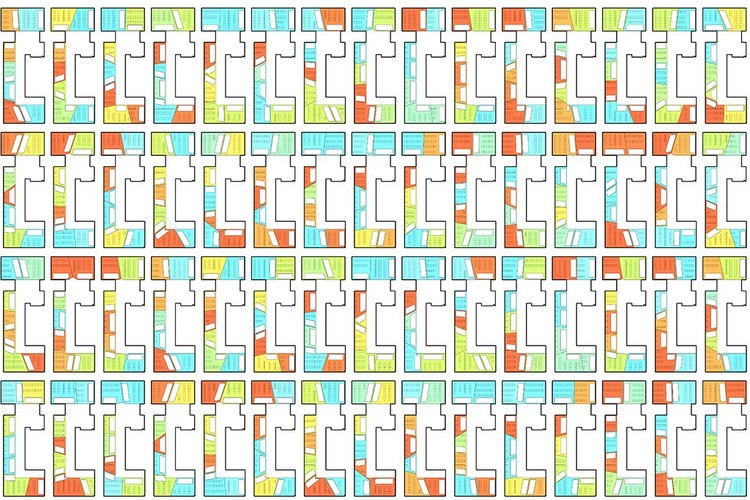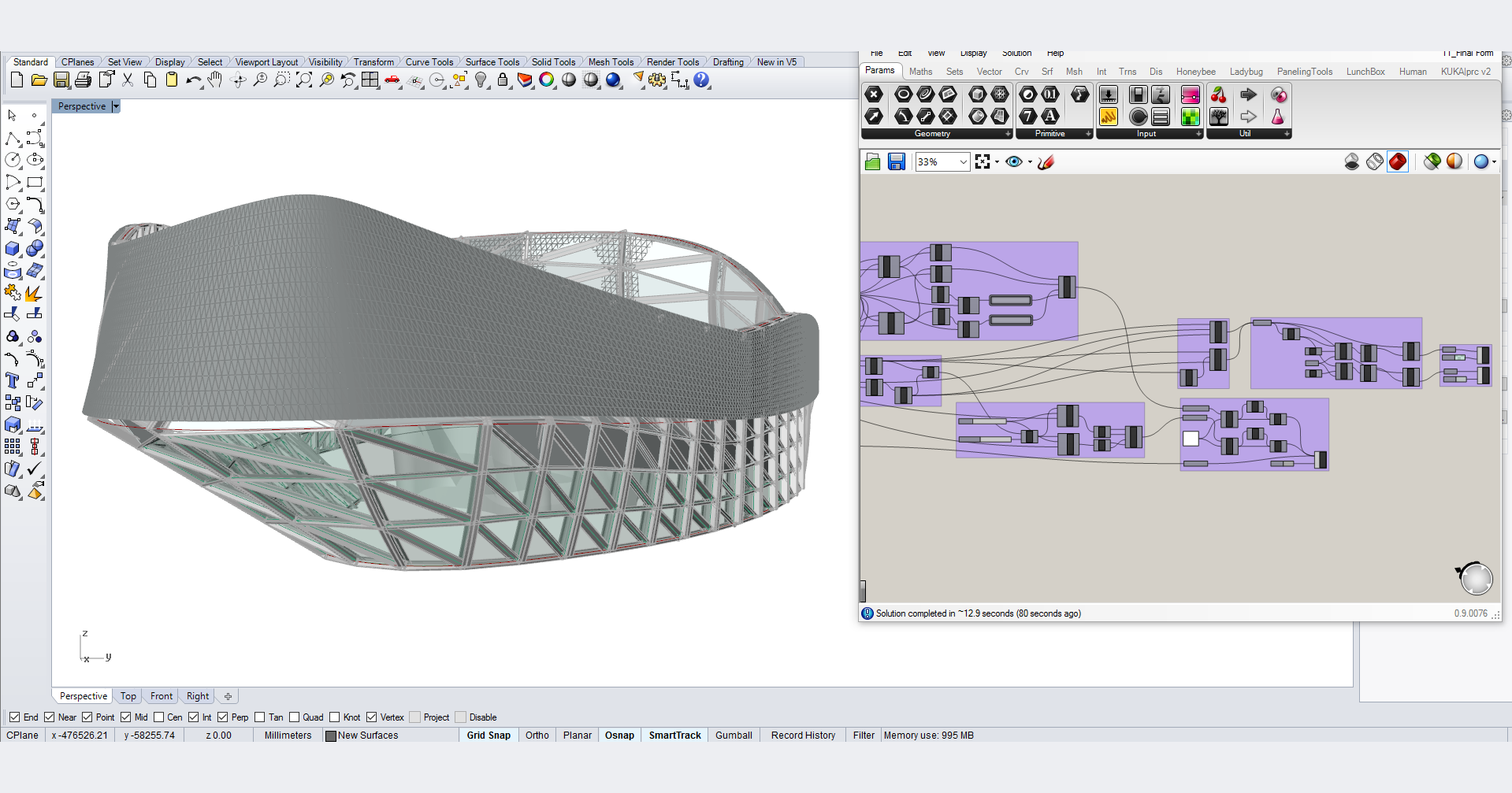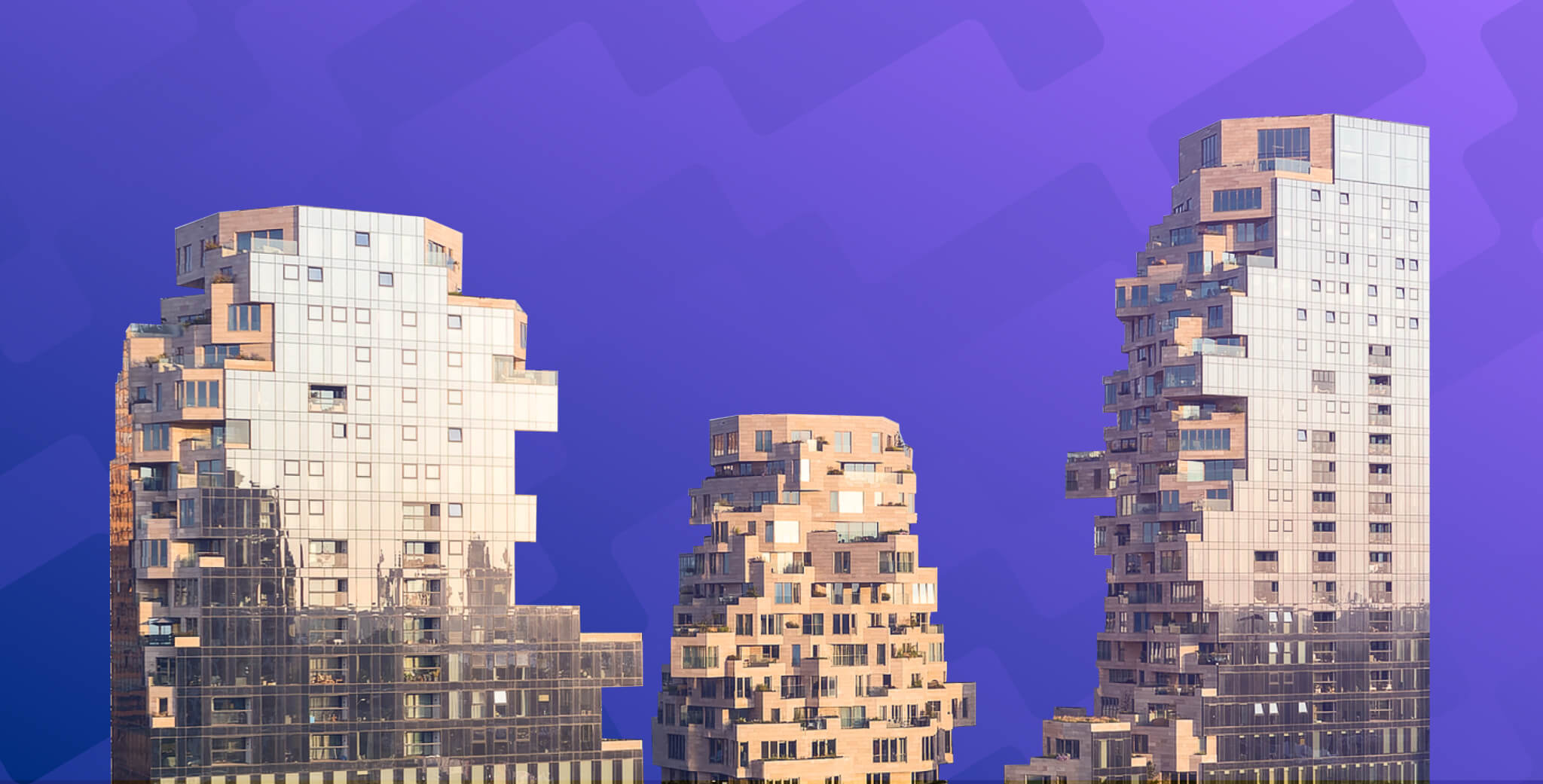How Coding in Architecture Helps Architects | Best Programming Languages for Architects

Table of Contents
In this article, we will explore why coding in architecture is crucial and how it helps architects create innovative designs. Let’s explore the ten best architecture software languages that every architect must learn now!
Coding for Architects

Coding, also called computer programming, is a way to communicate with computers. Code tells a computer what actions to take, and writing code is like creating a set of instructions. By learning to code in architecture, you can tell computers what to do and how to behave faster.
In this highly competitive and fast-paced world, architects, much like any other professionals, are expected to “work smarter, not harder”. While the software currently available for architects does a satisfactory job in the completion of tasks, sometimes architects want to customise the tools to work their way and automate repetitive tasks according to their firm’s needs. That’s where coding comes in.
So, before moving to why architecture coding is important, explore the job opportunities available in Computational Design.
Why Architects Should Learn to Code
1. To Work More Efficiently
Coding helps architects work with maximum efficiency and minimum effort. Imagine any task that is tedious and repetitive, like maybe copying a hundred files from one folder to another and renaming them with today’s date. You can automate this task through computer software and work on other important tasks.
As architects, you have to do a lot of such mindless work, from naming a hundred doors according to a door schedule to selecting all wall lines of a similar thickness. Coding in Architecture is about automating these repetitive tasks and working smarter.
2. To Make Computer the Co-author of Your Projects

Coding can help you produce multiple design concepts that meet specific goals. With generative design (a subset of visual programming), the user inputs success metrics that evaluate and analyse the design outcomes.
The software produces a wide range of possible design options - which the designer can then choose from. In a way, architectural programming allows the computer to be the co-author of your project!
3. To Expand Your Design Capabilities
Coding in architecture helps you get under the hood of a design tool. Usually, architecture software uses various complex algorithms that many architects need help understanding, hence their usage of the software gets limited - and their overall efficiency is reduced.
If they know exactly what these algorithms represent and how they influence the outcome of the geometry, they can make smarter decisions in the design process.
Pro Tip: Most programs today come with an API or application programming interface. An API allows you to access the inner workings of the software. You can use the API to write code to either automate the program or add new features!
4. To Gain an Advantage Over Your Competitors
Coding is a skill after all, and could potentially give the architect an upper hand over the competitors. Acquiring and proficiently learning online architecture design tools will throw light on various details that other designers might overlook. The architecture coding will increase project efficiency and this is a massive plus point for growing firms in India.
5. To Develop Plug-ins for Design Software
Plugins are the code that other people write and “plug in” to enhance the capabilities of the software program. Plugins allow you to write subprograms that then hook into a larger program. These subprograms then run, modifying or adding to the behaviour of the running program.
To write a plugin, the program itself has to be written to support the plugin. Once this capability exists, you can “plug and play” tremendous amounts of functionality.
6. To Solve the Challenges of Today
As the world faces several urgent and complex challenges, from the climate crisis to housing, coding provides frameworks for rethinking design solutions. Now we can imagine new creative and social processes, and hopefully, work with machine learning to lay the foundation for new aesthetics.
Read more: Ar. Kanwaljeet Singh shares his insights on becoming a computational designer.
10 Best Architecture Software to learn
These include both text-based architectural programming software and visual architectural programming software. While visual programming software is easier to use and learn, it does not convey a deep understanding of the software development process and doesn't scale well.
The widespread adoption of visual programming tools, such as Dynamo and Grasshopper, however, is providing a great point of entry into the world of coding for the visually minded.
Here is a list of some of the best architecture software available for architects:
1. Grasshopper 3D

Grasshopper is a visual architectural programming language that is primarily used to build generative algorithms. Substantially, learning Grasshopper isn't as difficult as it's seen.
Grasshopper is a visual architectural programming language primarily used to build generative algorithms. It is one of the best software for architects that helps create innovative design models. Substantially, the best part is learning Grasshopper isn't as difficult as it seems.
It is used to create 3D geometry by dragging components onto a canvas. The outputs of these components are then connected to the inputs of subsequent components. Advanced uses of Grasshopper include parametric modelling for structural engineering, architecture and fabrication, performance analysis for sustainable architecture, and building energy consumption.
2. Dynamo
Dynamo, another highly recommended design software for architecture, is a visual architectural programming extension for Revit that allows you to manipulate data, sculpt geometry, explore design options, automate processes, and create links between multiple applications. Dynamo running in Revit is Sandbox, with access to the Revit model, Revit API, and uses Revit’s authorisation for cloud services. Autodesk Dynamo Studio is the core technology with Autodesk’s geometry tools and access to cloud services without any other software prerequisites.
3. Python

According to the International Northeastern University, Python is the first in the top 10 and the best architecture software for beginners. Due to the software’s simple syntax and a large library of standards and toolkits, Python is easy to learn for architects.
The software can be used to create scripts for parametric algorithms and other forms of complex geometry. This programming language is available in most tools that architects use, whether you are using Rhino 3D, Grasshopper 3D, or Autodesk Revit and Maya.
Read more: How Was Computational Design Used to Construct the Louvre Abu Dhabi?
4. Java
Java was originally developed at Sun Microsystems and released in 1995. The Java 3D API (Application Programming Interface) is used for writing three-dimensional graphics applications. In addition, it gives the developer the ability to create and manipulate 3D geometries.
The drawback of Java is that the company charges a licensing fee to use the Java Development Kit (JDK). Also, based on the author’s experience, it is not that easy to learn.
5. C#
C-Sharp was originally designed by Microsoft as part of its .NET framework for building Windows applications. Its syntax is like C and C++ and can be used to code a design tool from scratch. It is a bit complicated to learn but knows no inadequacy when it comes to support and resources available. It is built on top of Microsoft’s .NET framework, just like VB.Net, and hence shares a lot of similarities under the hood. It can also be used to compile macros in Revit.
6. Ruby
Ruby is a scripting language that was designed and developed in the mid-1990 in Japan. The software is commonly used for a web application framework. Ruby can also be used to script additional functions into Google Sketchup. It is one of the best software for architects to create design models.
7. VB.NET [Visual Basic. NET]
Visual Basic, originally called Visual Basic .NET, is a multi-paradigm, object-oriented programming language, implemented on .NET, Mono, and the .NET Framework. It can be leveraged to create various automation routine algorithms in AutoCAD or Revit. One can bundle a defined set of functions onto Revit by writing macros using this language.
8. PHP
PHP is one of the widely used open-source scripting languages, used for web development and programming languages. For architects and architecture firms, PHP can be instrumental in creating complex, data-driven websites to showcase portfolios, and projects, or even run online platforms for architectural design collaboration. PHP is not a direct software for architecture design and enhances the digital presence of architectural businesses, enabling features like project galleries, client portals, and interactive design tools on their websites.
9. SQL
SQL, also known as Structured Query Language, is one of the best software for architects for managing and manipulating databases. SQL allows you to query, update, and organise data in relational databases, making it one of the ideal tools for any data-driven application or system. In the context of architecture, SQL can be used to manage extensive databases of project data, materials, and client information efficiently.
However, it is not software for architecture design. It supports the backend of many architecture applications, enabling complex data queries, storage, and retrieval operations necessary for large-scale architecture projects and the management of vast repositories of architectural designs.
10. Kotlin
Kotlin is a modern, statically typed programming language that runs on the Java Virtual Machine (JVM) and can be used to develop Android apps, server-side applications, and more. For architects, Kotlin might not directly apply to architectural design software but it's crucial for developing custom apps or tools that facilitate architecture workflows, project management, client interaction, or visualisation tools on Android devices.
Conclusion
Incorporating coding into architectural practice empowers architects in multiple ways including enhanced efficiency, fostering innovation and maintaining a competitive edge in the evolving design landscape. By automating those pestering repetitive tasks, facilitating generative design and enabling the development of custom tools, programming skills expand an architect's capabilities beyond traditional methods.
As the architecture profession continues its integration with advanced technologies, proficiency in coding becomes an invaluable asset, driving the creation of more adaptive, efficient and innovative designs. If designing such built environments is something you are interested in, Novatr brings you an industry-relevant Master Computational Design course.
Interested in learning more about sustainability with Computational Design?
You can check out our Resources page.

 Thanks for connecting!
Thanks for connecting!


/827x550/images/blog/blogHero/B_002_SK_TraditionTakeOnTheModern_0820_hero.jpg)
/827x550/images/blog/blogHero/parametric_wall_design.jpg)
/827x550/images/blog/blogHero/parametric_interior_designs.png)
.png)


.jpg)

.jpg)



